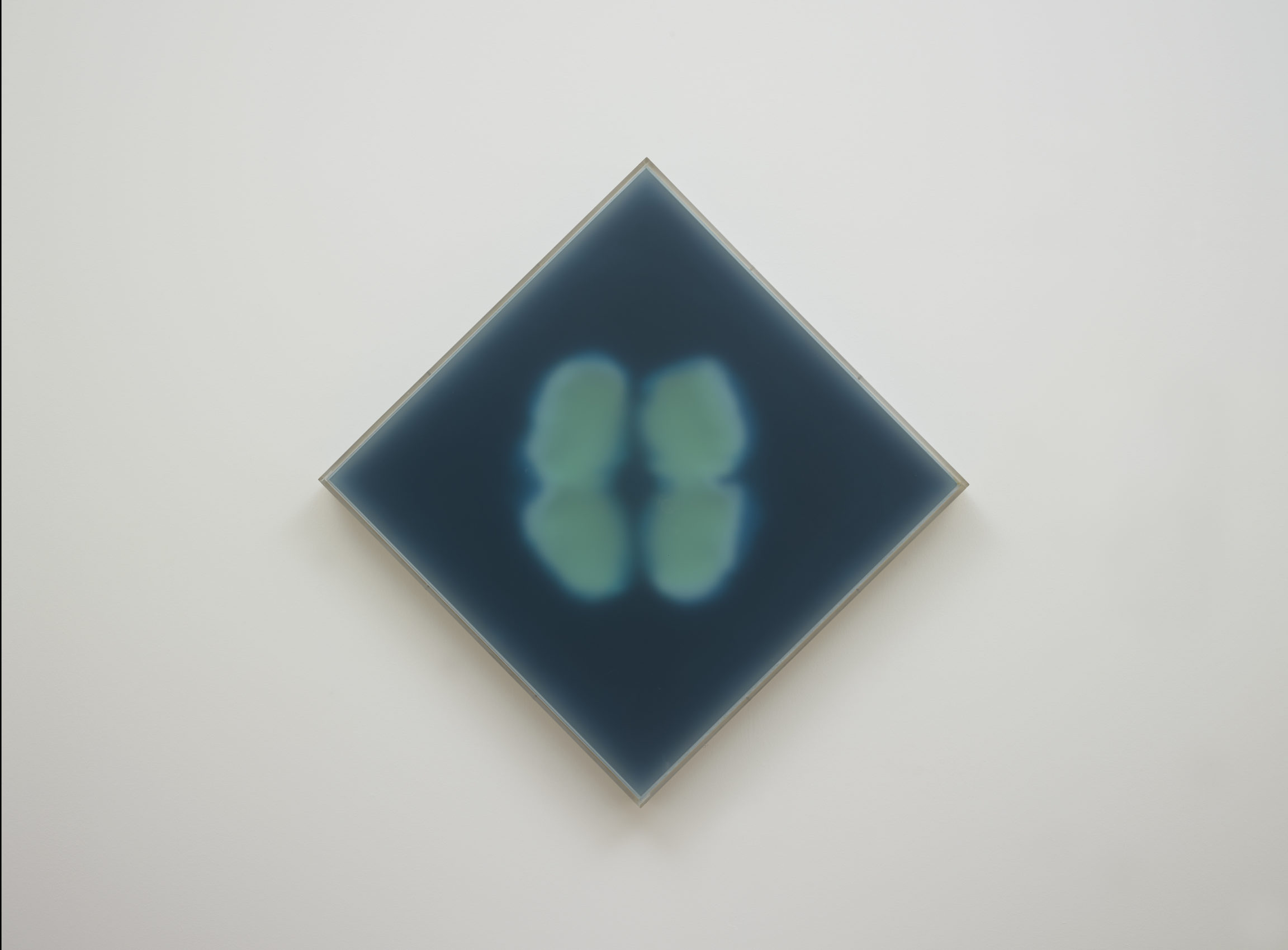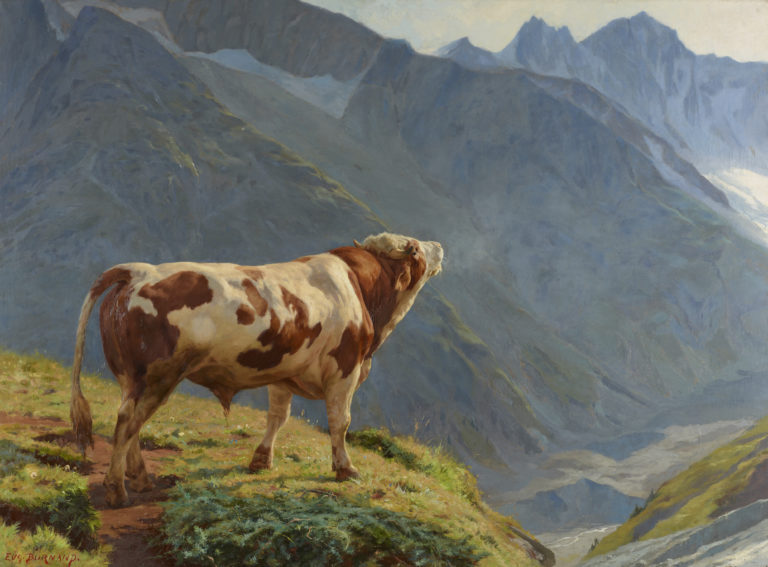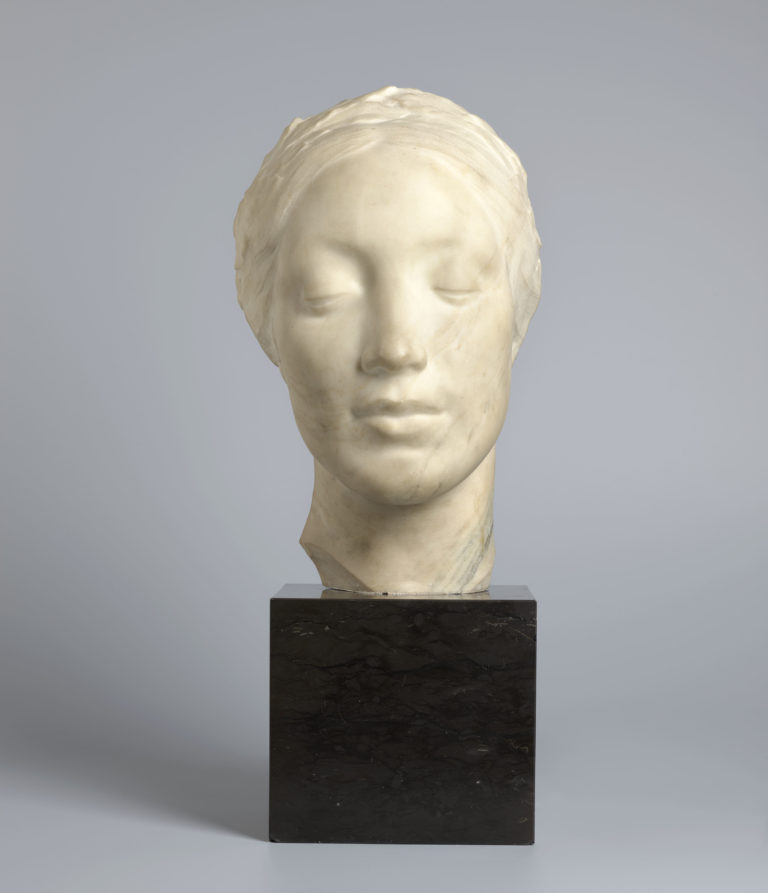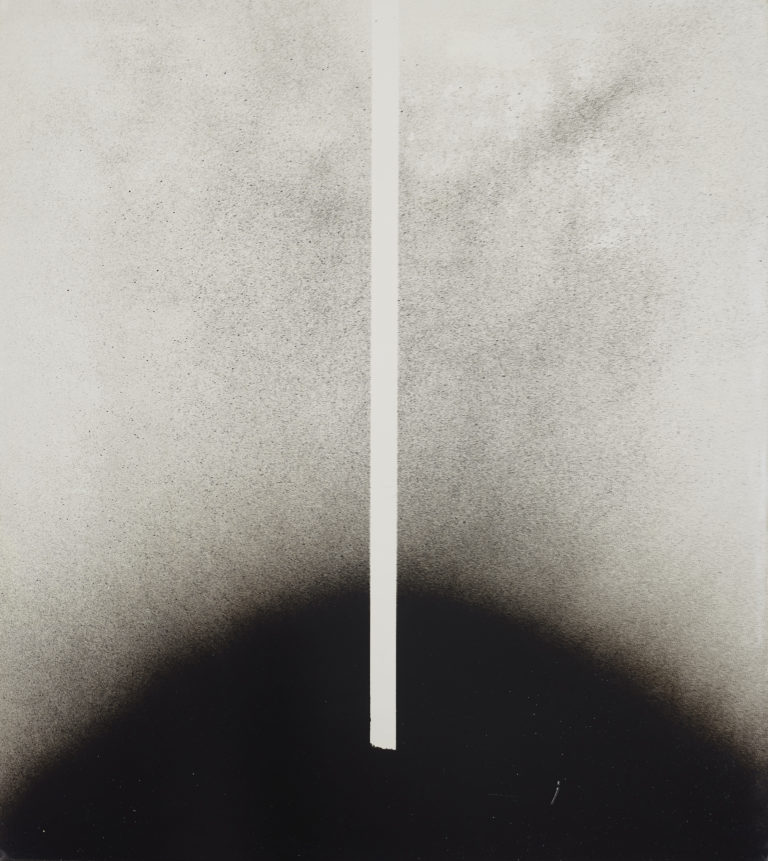On display
The CollectionBibliography
Françoise Jaunin, Pierre Keller et alii, Janos Urban. Praxis, exh. cat. Lausanne, Espace Arlaud, Le Mont-sur-Lausanne, Éditions LEP, Renens, Vie Art Cité, 2008.
Alberto de Andrés, ‘Janos Urban,’ SIKART Dictionnaire sur l’art en Suisse, Zurich and Lausanne, Institut suisse pour l’étude de l’art, 2005, published online: http://www.sikart.ch/KuenstlerInnen.aspx?id=4002322
Recherches et expérimentation: Baier, Candolfi, Duarte, Ducimetière, Fischer, Huber, Keller, Michel, Scheurer, Tanner, Urban, exh. cat. Lausanne, Musée cantonal des Beaux-Arts, Geneva, Musée d’art et d’histoire, Fribourg, Musée d’art et d’histoire, St. Gallen, Kunstmuseum, 1970.




In 1956 Janos Urban reached Switzerland as a political refugee from his native Hungary. Having begun his artistic training in Budapest, he now continued at the École cantonale des beaux-arts in Lausanne, where he also started teaching in 1964. A pioneer of conceptual art in Switzerland, he began working with new materials such as phosphorus and Plexiglas in his research into optical phenomena and questions of perception and duration.
Construction n° 6 belongs to a series of works that harness the luminescence of phosphorus. It comprises a concave polyester moulding set into a block of chipboard in order to prevent thermal expansion. On top, two sheets of translucent Plexiglas are fixed at a certain distance from each other. The hollow form is covered with pigments mixed with phosphorus, which glows in the dark as it continues to emit the light to which it was exposed. ‘I am interested’, wrote Urban, ‘in the physical properties of phosphorus, both as a “survival” of autonomous luminous energy and, in connection with the radio waves of the electromagnetic spectrum, as an extension of the audible as random visual intensity.’ His fascination with the physical possibilities of matter – Urban worked in dialogue with a physicist friend when making this series – was because they made it possible to show light’s relation to time in visual form, here captured by the material and then restored to the spectators at a later point in time.
When a work from the same series, Construction n° 15 (1970, private collection), was shown at the 35th Venice Biennale, the artist put in place an installation protocol that made it possible to observe both phases (the capturing and the emission of the light) by presenting the work in a dark space with lighting coming at regular intervals from a spotlight.